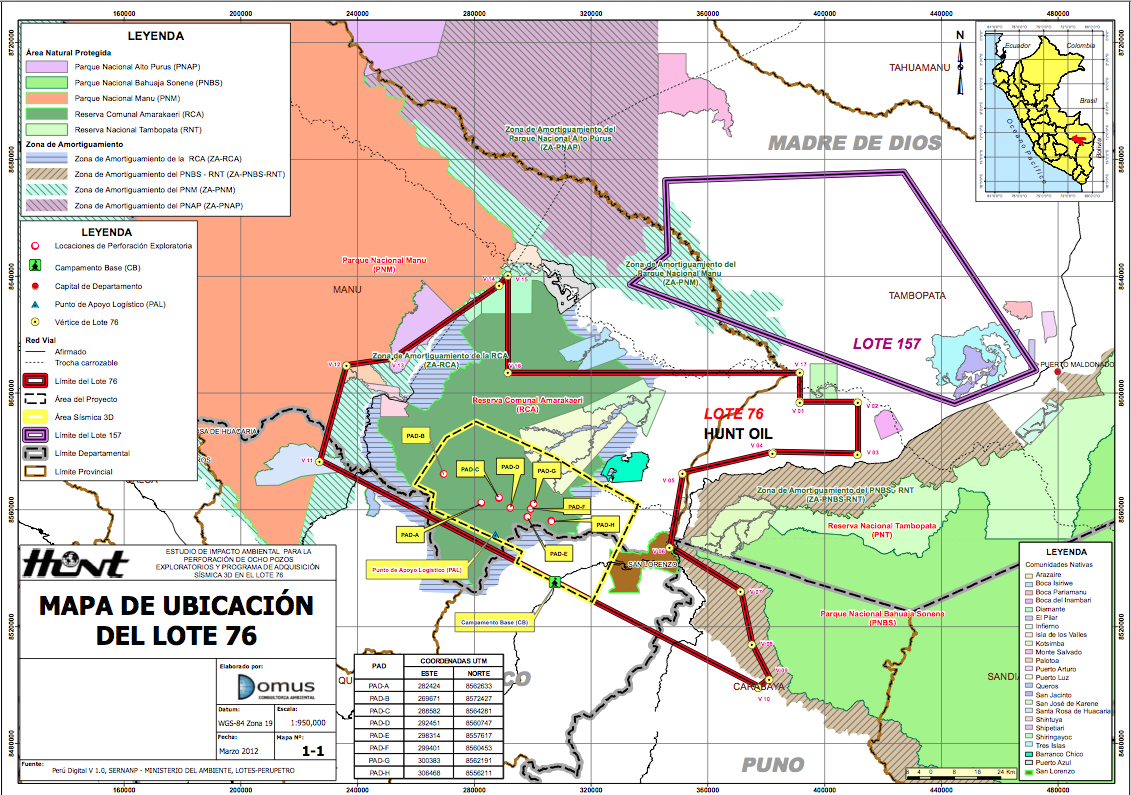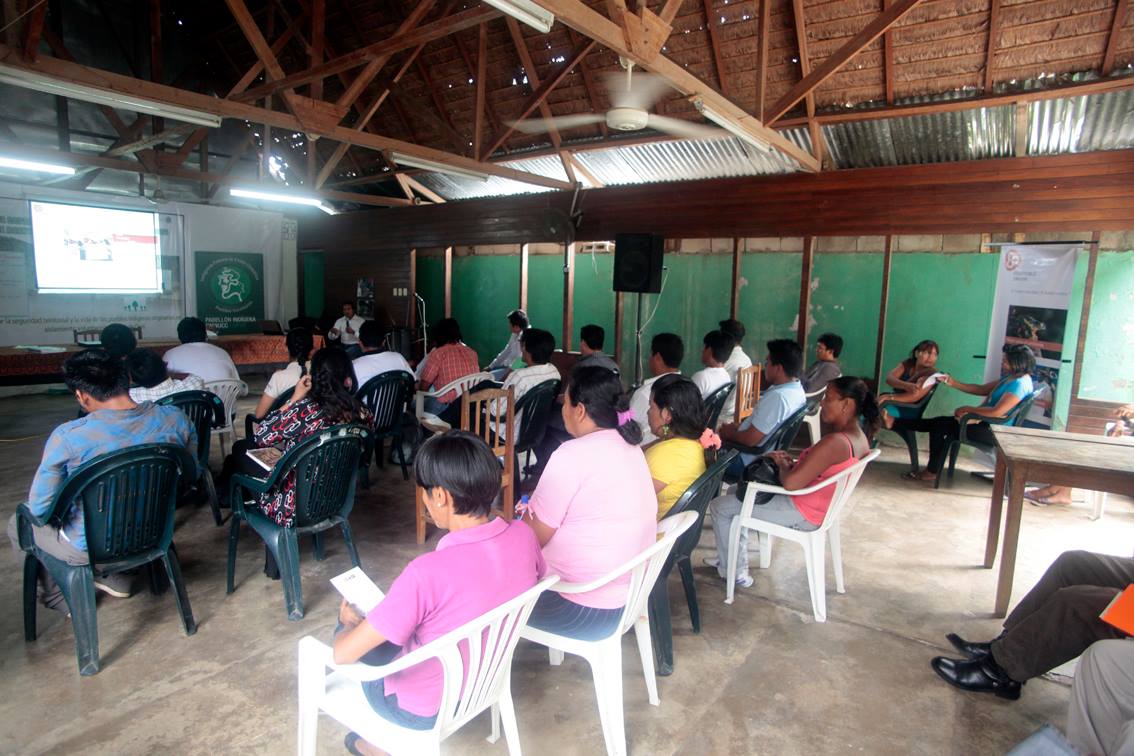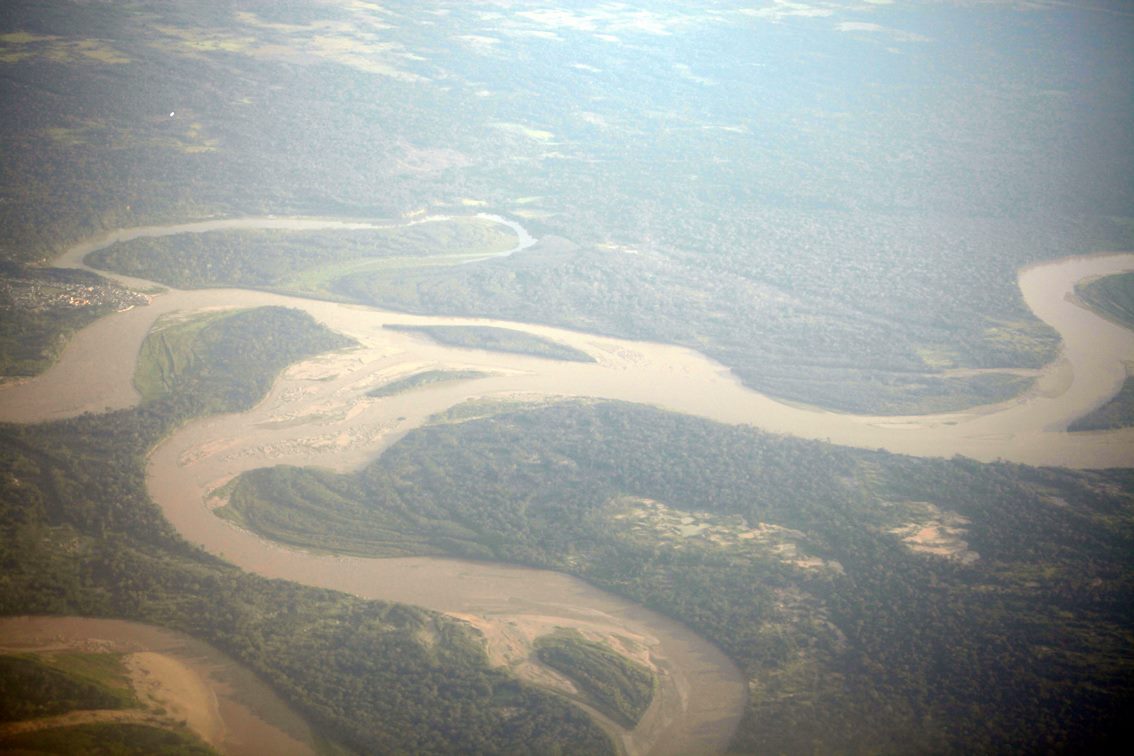
Geological map of Lot 76 showing its overlap with different provinces and protected areas.
From the 3rd to 5th of November 2014, Equitable Origin held a workshop on the EO100 Standard and its ability to reduce the negative social and environmental impacts of oil and gas development in Peru. The workshop was hosted by FENAMAD, the Native Federation of the River and Tributaries of Madre de Dios, at their headquarters in the city of Puerto Maldonado. The meeting was called to discuss the applicability of the EO100 Standard in the Madre de Dios region, where proposals for oil and gas development of Lot 76 have come under increasing scrutiny and caused considerable controversy between indigenous groups, NGOs, government ministries and private oil companies. Located deep in the Peruvian Amazon, Lot 76 straddles three provinces and overlaps four protected natural areas, covering nearly all of the Amarakaeri Community Reserve, an area designated for its rich biodiversity and the historic cultural patrimony of several indigenous communities.

Attendees at a presentation during the three-day meeting in Puerto Maldonado
Lot 76 is located in a region previously untouched by oil and gas development and if estimates are correct it could be the single largest reservoir of natural gas in Peru at 11 trillion cubic feet, outstripping the two biggest currently producing sites at Lot 56 and Lot 88 in Camisea. A number of Indigenous groups live in the area affected by Lot 76, none of which are familiar with the operations of oil and gas development. Many are worried that hydrocarbon development will have negative social and environmental repercussions if proper measures aren’t taken to respect the rights of local communities and to protect the rich biodiversity of the surrounding ecosystem. The EO100 Standard and the EO System present a uniquely valuable opportunity to the circumstances surrounding Lot 76 as a mechanism for increased transparency and accountability to ensure that producers operate with the highest social and environmental standards by involving all relevant stakeholders in the decision-making process within a framework for respect for indigenous rights and free prior informed consultation. The EO System brings indigenous groups, local communities, NGOs, government and petroleum companies together to the drawing board.
Representatives from various local, regional and national organizations attended the important meeting including AIDESEP, COINBAMAD, the Indigenous Council of the Lower Madre de Dios, COHARYIMA (Harakbut Council), the Amarakaeri Community Reserve, and the Ministry of the Environment of Peru. Participants discussed the impacts of oil and gas development in the Amazon with particular emphasis on the case study of Ecuador, as Jhon Wajai shared his personal experiences and why he has partnered with Equitable Origin. Visitors explained the history and background of Equitable Origin and the EO100 Standard, how it was developed through multi-stakeholder collaboration and consultation, and the benefits it offers to the oil and gas development process.
On the last day of the meeting, the group drew up a resolution that invites Hunt Oil and the Peruvian government to apply the EO100 as a standard for ensuring the implementation of environmental and social best practices to minimize the impacts of hydrocarbon development in the region.

Aerial shot of the Madre de Dios river.


Pingback: Peruvian Indigenous Group AIDESEP Holds Press Conference to Call for Oil and Gas Regulations Based on EO100 Standard | Equitable Origin